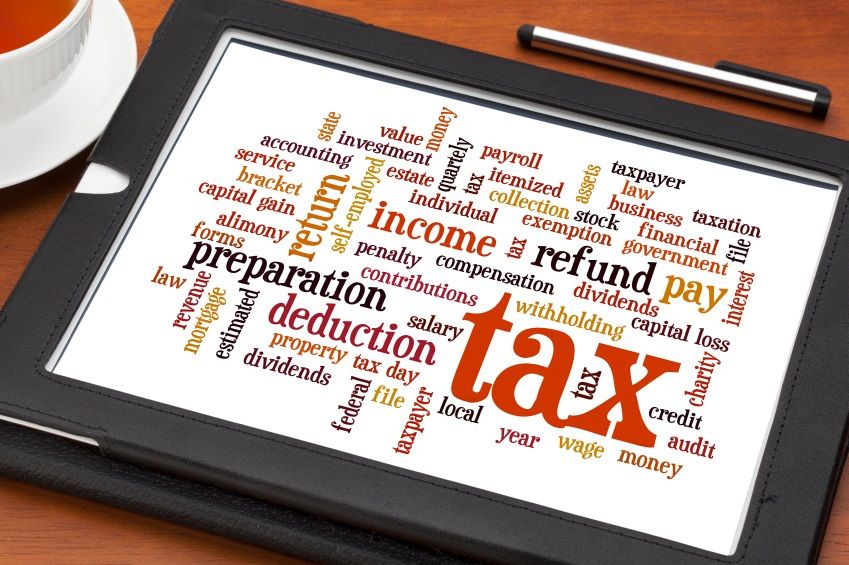At one time, Alex Papaconstantinou’s Sunday afternoons were spent indulging a popular cost-saving past time. With nothing but a bunch of newspapers and a pair of scissors, he would sit down and make cut-outs that would help him with his next grocery shopping. Today, Papaconstantinou still enjoys using his discount vouchers to lower his shopping costs. But you will not find the 40-something with his face buried in newspapers anymore, he has his phone for that now. He gets vouchers from leading UK retailers through apps or websites.
Have digital coupons taken over paper vouchers?
That hardly seems to be the case. Paper vouchers have endured despite the extensive and domineering influence of digital technology in all spheres of life. Even Millennials seem to prefer them to online vouchers, despite having a greater inclination to use apps and websites. Therefore, many coupon vouchers are to be found in local and international print. The UK still has many of its vouchers printed on print media.
According to Alex Papaconstantinou, the reason why digital vouchers might not have made much headway could have something to do with the fact that they are a lot harder to use during checkout. Unlike in places like France, Germany, and the U.S., the UK is not as familiar with online shopping.
Why digital couponing is yet to provide a seamless customer experience
Poring over a stack of Sunday newspapers clearly doesn’t belong in this century. But the UK and Ireland is yet to say goodbye to paper coupons. Here are three reasons why this is so.
- There is no platform that aggregates all local coupons. Couponing fans in favour of a one-stop digital source of coupons have no such option in the UK. For this reason, the search for coupons can seem futile and convoluted. With paper coupons, a local Sunday newspaper can be a singular source of coupons. Instead, those in need of digital coupons have to visit brand websites, apps, and social media pages. Additionally, there are third-party sites providing special coupons. Grocery stores also try to provide their own coupons using their apps and websites. As if that is not challenging enough, some coupons need to be printed while others have to be scanned from the app during checkout. In other cases, the coupon code has to be sent by text or email.
- Digital coupons cannot be combined. One of the pleasures of using paper coupons is that you can easily combine them. For instance, you can combine a brand coupon with an in-store coupon to increase your savings. For instance, when trying to get a cheap pizza from Pizza Express, you can use the O2 Priority app to get 2 pizzas for the price of one. This deal can be combined with the in-store deal of a 50% discount on a 12-inch pizza offered on Tuesdays to increase the discount even further.
- There is no uniformity. One of the problems with digital couponing is that retailers and manufacturers have different end goals in mind when creating their coupons. So, don’t expect that Tesco and TK Maxx want the same thing when creating discount coupons. This lack of uniformity with regard to coupon purpose is responsible for a lot of confusion. This makes the digital coupon industry to grow at a much slower pace than it should.
Therefore, internet entrepreneurs hoping to do away with paper coupons and make the complete switch to digital coupons will have to wait a while longer. Nevertheless, the founder of Wikigains.com, Alex Papaconstantinou, is all but done with paper coupons. He says that his team has a goal of ensuring that by the year 2022, it has a platform that provides a digital couponing experience that is valuable, fun, and more interesting. They believe that in this day and age, you should not have to carry around a bunch of paper coupons in your wallet when going to get a pizza. This is an embarrassing scenario that can be avoided by using your Android phone and a bar code.




Leave A Comment